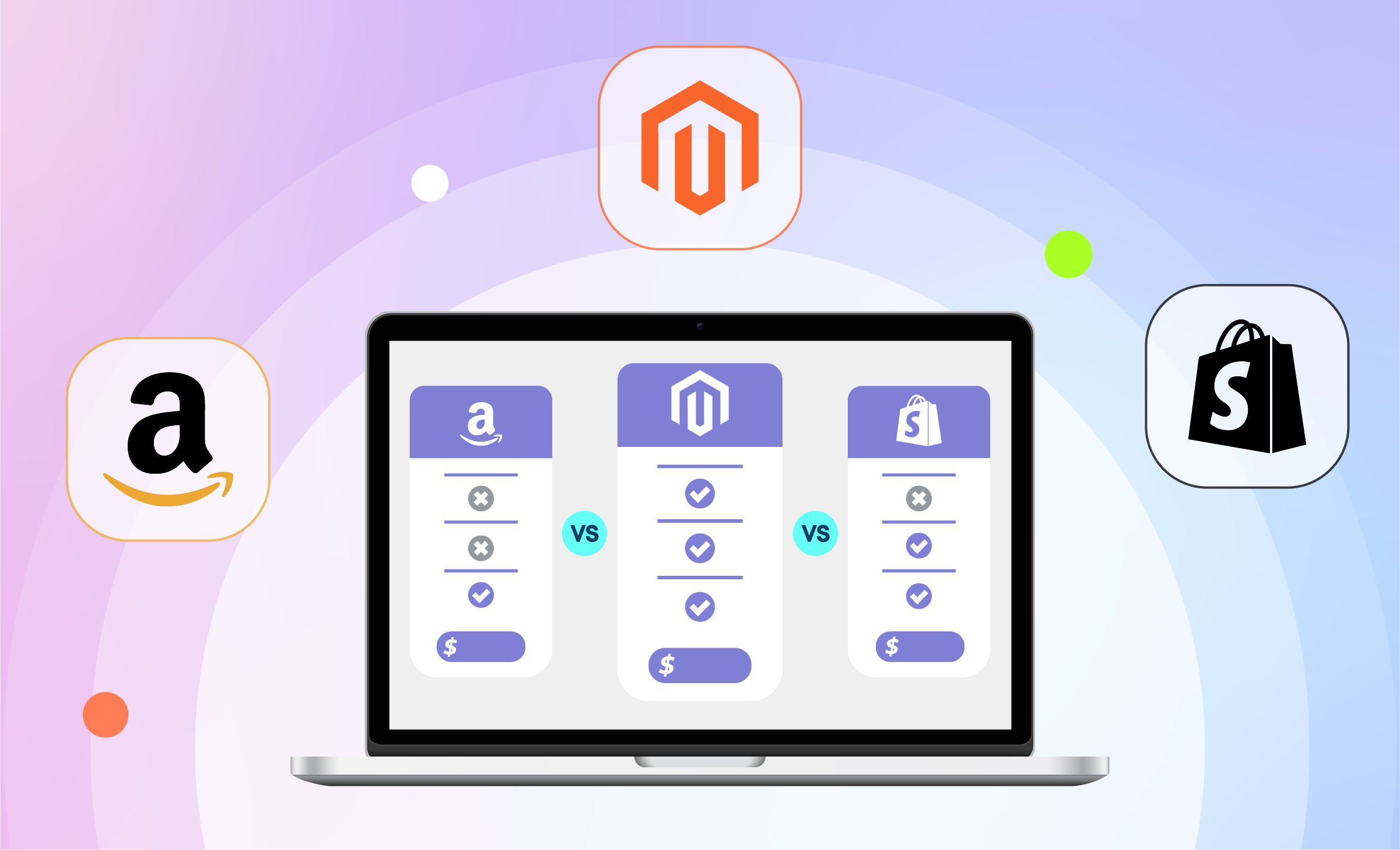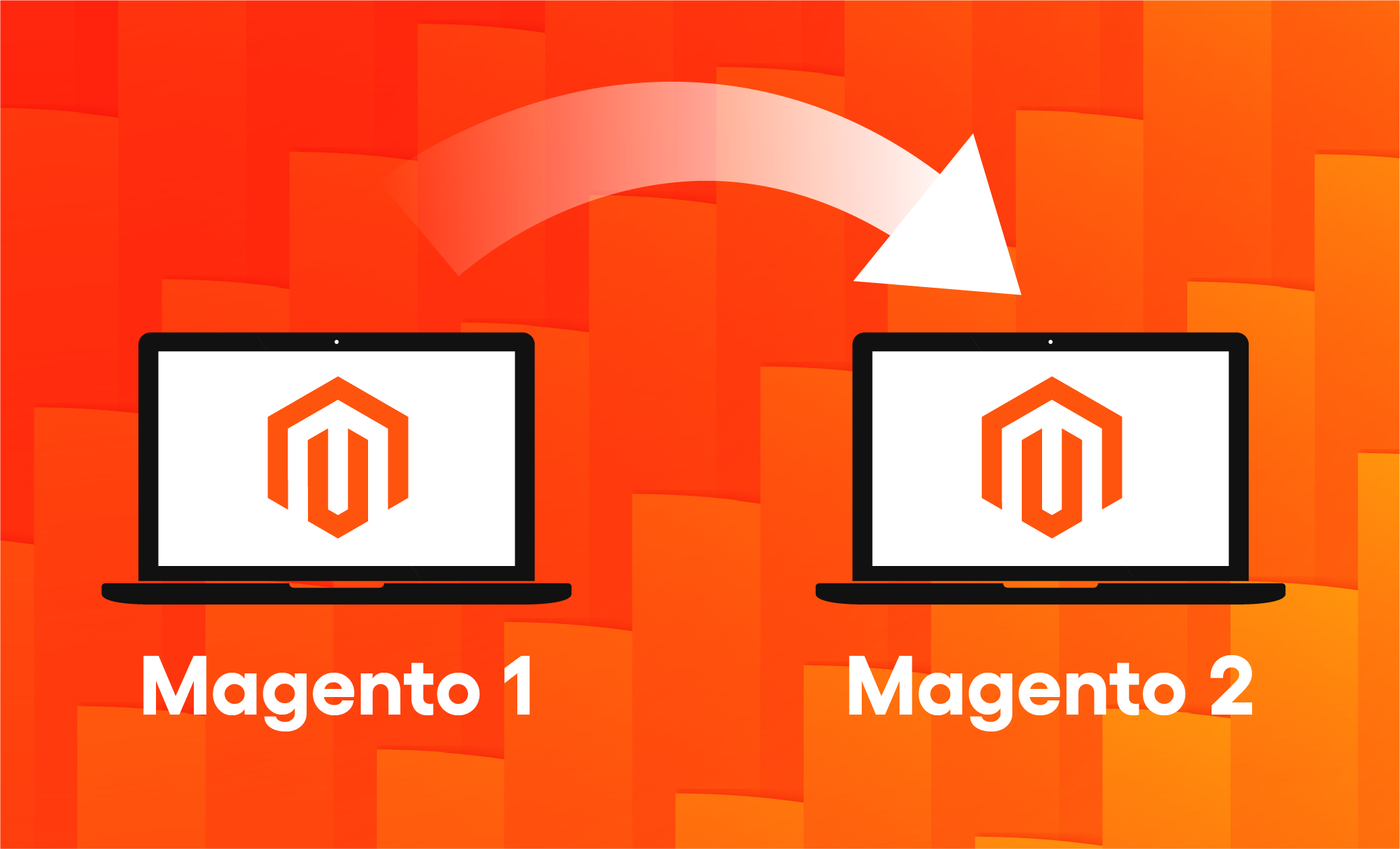Magento Commerce is now Adobe Commerce. On 21st of April 2021 Adobe and Magento released a statement that the beloved eCommerce platform received a new name and is now a full-fledged member of Adobe family.
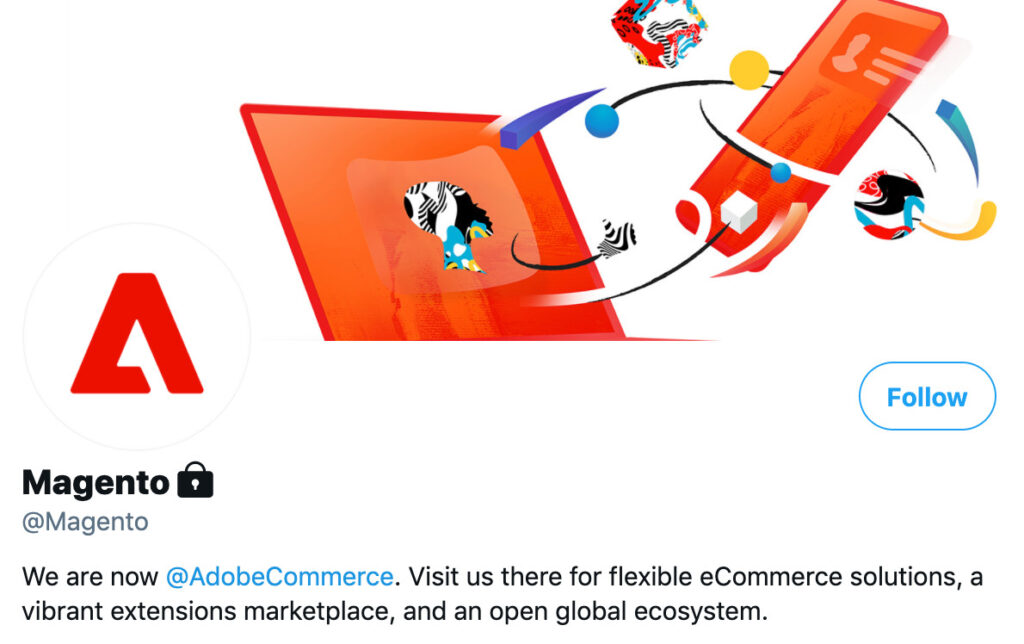
Twit, announcing the change
The news came almost three years after software giant Adobe announced that it would acquire Magento Commerce in May 2018. The 1.68 billion USD acquisition was to further enhance Adobe Experience Cloud, Adobe’s marketing and sales suite.
Magento would be standing alongside such well known products as data platform Adobe Analytics, content and asset management system Adobe Experience Manager, marketing automation tool Adobe Marketo, and many others.
Adding Magento will provide seamless integration of eCommerce capabilities to Adobe’s customers, enabling them to use a single platform that serves both B2B and B2C clients globally. Making digital transformation a part of Adobe Experience would allow enterprises to use highly personalized, customer-centric business solutions. This acquisition promises to be a win-win-win development for Adobe, Magento and their customers.
Before diving into what exactly such a change will bring, let’s use this opportunity to look back on Magento history – to understand what made this platform one of the most popular solutions on the market.
Brief History of Magento
Magento is a brainchild of two college friends – Roy Rubin and Yoav Kutner, both students of UCLA. Rubin and Kutner’s newly founded company landed a big contract for building an eCommerce website, but they felt that osCommerce, the most popular eCommerce solution of that time, wasn’t good enough for what they wanted to build.
Taking some inspiration from osCommerce, they developed their own platform, and released it under open-source licence in 2008. The name came from the color “magenta” they used in the logo. Legend has it that the domain name “magenta” was already taken, so they changed it to a male version: Magento.
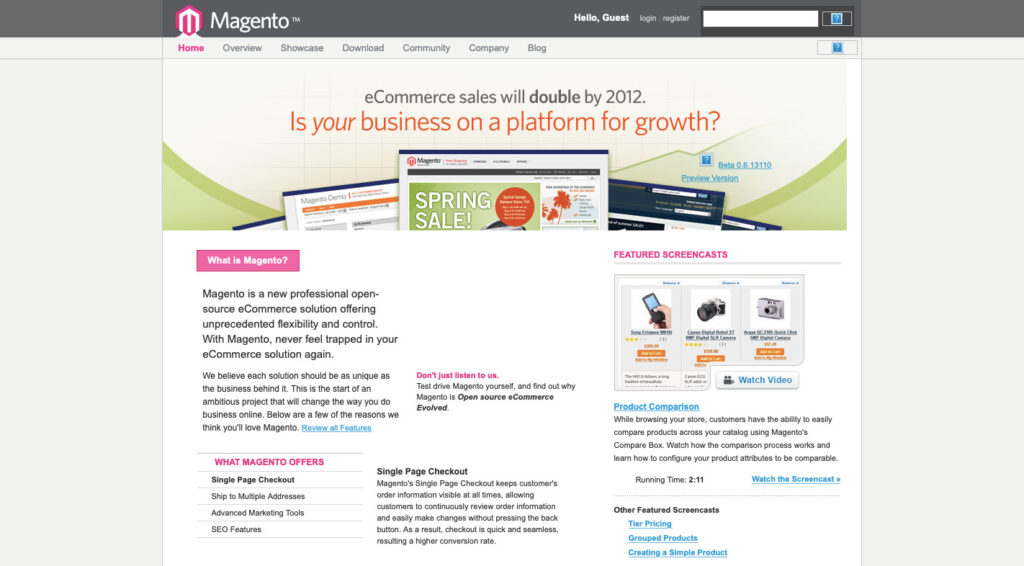
Magento website in 2007. Note the color of the logo and the version number (Beta 0.6)
The key to success in early years was using open architecture and the most popular framework of the 2000s: PHP-MySQL. Magento quickly became one of the fastest growing eCommerce platforms, winning several “best open source software” awards.
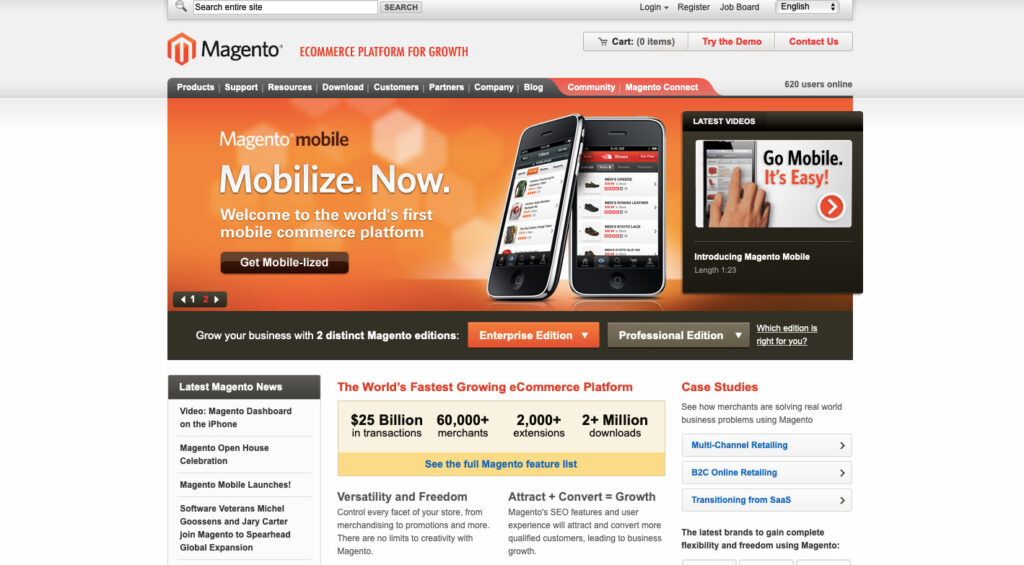
Magento in 2010, emerging as one of the fastest growing eCommerce platforms
Next big milestone came in 2011, when Magento was acquired by eBay, which was looking to strengthen their community of eCommerce developers. Years with eBay, however, turned out to be rocky ones and, following eBay’s internal business crises, in 2015 Magento was a separate company again.
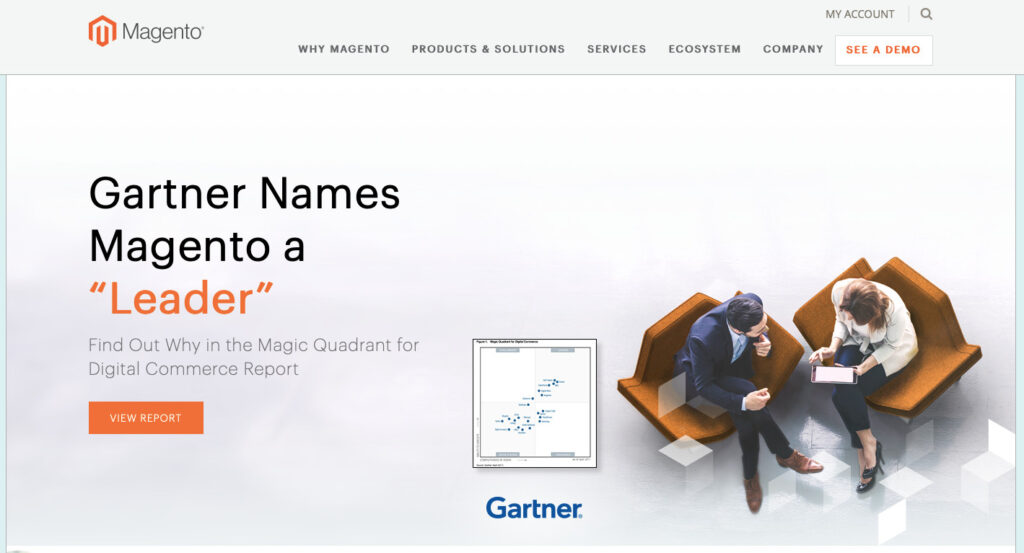
In 2017 Consultancy Company Gartner ranks Magento among “Leaders” of the industry
Tumultuous years of eBay ownership did not humper Magento’s drive for innovation, and in 2016 Magento released its Enterprise version, providing unmatched flexibility and potential for growth to the users.
This brings us to 2018, when Adobe announced that it will acquire Magento for 1.68 bln USD, Adobe's largest M&A transaction in the past decade.

Magento became a part of Adobe in 2018 and was rebranded as “Adobe Commerce” in 2021
Today, as Adobe approaches the three-year anniversary of the acquisition, the incorporation of Magento into Adobe Experience Cloud is almost complete. The big news of April 2021 is that Adobe officially consolidates their brands and Magento Commerce from now on will be known as Adobe Commerce. (The change does not apply to the open-source version of the platform, which will remain the Magento name).
Magento is now Adobe Commerce. What’s next?
Of course, it is difficult to predict with certainty, what will come out of Adobe Commerce. There are some things, however: Adobe press-releases, discussions in Magento Community, social media posts, that can give a clue.
- Adobe is doing a major overhaul of Magento’s code, making sure it will be a great fit with the Adobe ecosystem. It means that although some familiar things may be shuffled around, we’ll get a more robust, more scalable, more streamlined solution.
- There are additional features being added to Adobe Commerce already. Adobe Sensei will add machine learning capabilities to product recommendation and search; Adobe Sign will provide electronic signature features; partnership with the company WayFlyer will allow merchants access financial solutions that will help their businesses grow.
- Magento will definitely continue leveraging opportunities that come from other tools in the Adobe Experience ecosystem, using modern technology to fulfill customers’ expectations on a new level. It is early to say anything for sure, but who knows, maybe we are witnessing an advent of a new era of digital commerce, similar to what happened more than 10 years ago when Magento-based stores stormed the digital commerce world.
- The gap between Magento Open Source and Adobe Commerce will probably grow. But it doesn’t mean that the Open Source version is done for. Quite the contrary, the development of Adobe Commerce will give a push for further growth of the open source solution. Magento 3 can be a near reality, with a set of new exciting features.
In conclusion, here’s a quote from IDC senior research analyst Jordan Jewell: “The integration of Magento Commerce Cloud into Adobe Experience Cloud is a game changer for Adobe’s and Magento’s joint customers. With rapid change occurring in the digital commerce market right now, organizations of all shapes and sizes need to seriously consider how to deliver the most engaging and frictionless commerce experiences to their customers.”
It is absolutely true, creating a streamlined and exciting experience for customers is what sets apart eCommerce of the past and the eCommerce of the future. And with Magento becoming Adobe Commerce, this future starts today.
Adobe's Official Solution Partner: TMO Group
TMO Group is Adobe's Official Solution Partner. With years of experience in international eCommerce, we provide B2B and B2C companies all over the world with domestic and cross-border solutions for Asia, Europe and the United States. With the power of Adobe Commerce (formerly Magento Commerce), we have provided our customers from strategy and planning, design and development to long-term support and managed services. If you plan to develop a B2B eCommerce website based on Adobe Commerce (Magento), please feel free to contact us to discuss the best solution for your business.


